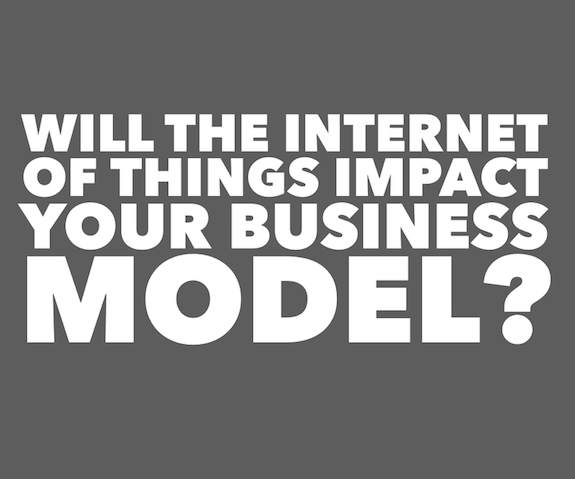 For a very long time, manufacturers have been focused on capturing value through a product orientated business model, where they manufacture a product and then sell that product as an asset to the customer. This is a tried and tested approach. Sometimes, in this product orientated business model, companies also provide an after sales service. This could be along the lines of helping customers to maintain the product in working order.
For a very long time, manufacturers have been focused on capturing value through a product orientated business model, where they manufacture a product and then sell that product as an asset to the customer. This is a tried and tested approach. Sometimes, in this product orientated business model, companies also provide an after sales service. This could be along the lines of helping customers to maintain the product in working order.
But, as products become smart and connected, this potentially has implications for the traditional manufacturing business model. For one thing, the IoT can help improve product performance and also the way the product is optimised, operated and serviced.
You might be wondering whether your manufacturing company needs to change its business model.
Sometimes the improvement that comes through smart, connected products might actually be realised by the customer rather than the manufacturer. The customer, for example, might find they have fewer service visits or less need for space/additional parts.
This can result in what’s called the service paradox. It’s where incremental product improvements and service efficiency actually lead to incremental damage to the profitability of your service business. For companies experiencing this paradox, it’s natural to think about whether they need to shift their business model to become more service and less product orientated. Typically, this can take two forms:
- Usage based service model – This model would charge the customer according to the degree of utilisation of the product, which of course would encourage the manufacturer to maximise the utilisation to increase profitability.
- Outcome based service model - This would result in the customer paying for the utility or the functionality resulting from the product rather than the actual product itself.
The costs and risks of a service-based business model
Either way, shifting towards a service-based model does have some costs and risks that need to be considered, these include:
- New skills to support the business model
- A new culture, shifting from a product focus to a service focuse
- New technology to support the sale and ongoing management of services
It’s worth remembering, as well, that services are by definition time bound. At some point they’ll expire. This means they’ll need to be renewed, which requires a proper process and proper management to avoid churn. Often, though, the customer has low switching costs because they don’t have costs sunk into an asset. The walkaway costs can, in some cases, be pretty small. So ensuring the customer knows and realises the value of the service provided becomes even more important.
Remember than in any service orientated business model you need to ensure that customers continually and increasingly receive good value from your services. In some cases this might mean a customer success management approach that requires a proactive and on-going connection between the marketing, sales and service people in your company that engage and work with your customers.
Before making the shift, it’s important to think through the potential impact of the service paradox in your business. Think about how new entrants into your market place might leverage this business model and also think about how you might leverage this business model to create differentiation in your market.
